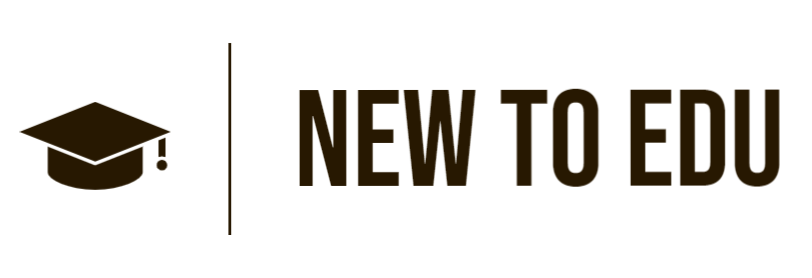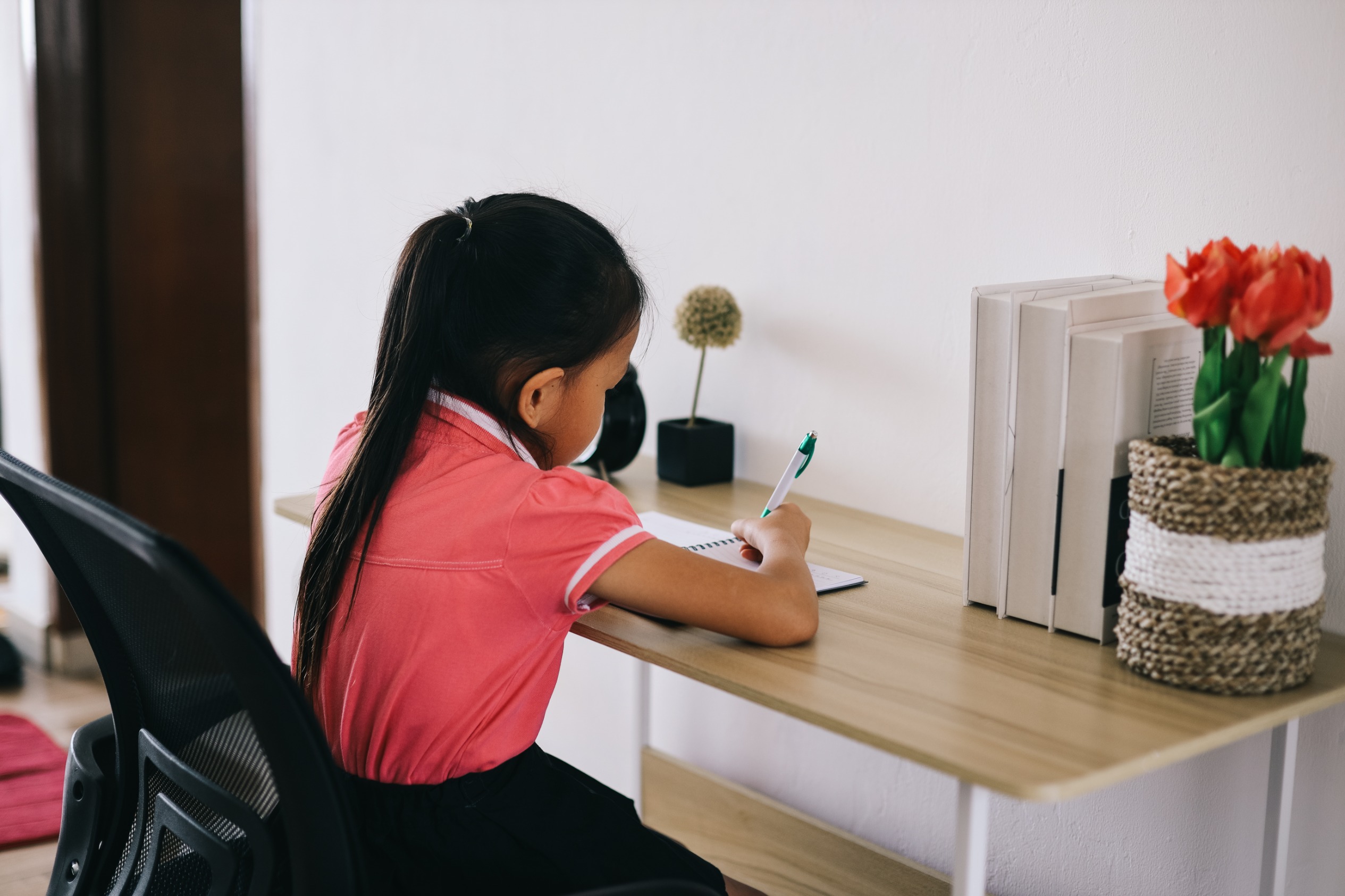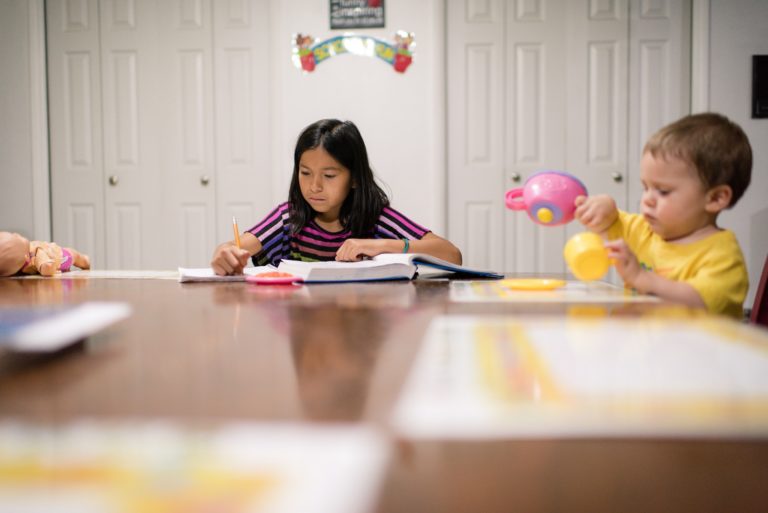Mastering the Basics: How to Homeschool Your Kindergartener
Hey there, homeschooling parents! 👋
As someone who’s in the thick of it with my own kindergartener, I totally get the importance of laying a strong educational groundwork.
Homeschooling is such a cool way to match learning to what works best for your little star. ✨👧👦
In this article, I’m going to spill the beans on how to homeschool your kindergartener like a pro.
We’ll talk about sticking to the basics, bringing in some fun hands-on activities, and picking a curriculum that fits just right.
So, let’s dive in and make this homeschooling journey a fantastic one for your kiddo! 🚀📝
Key Takeaways:
- Wait until your child is ready for formal lessons and focus on teaching the basics through hands-on activities.
- Understand the importance of readiness for formal schooling and assess your child’s specific needs.
- Emphasize hands-on learning by using manipulatives and engaging activities.
- Teach at your child’s pace, ensuring mastery before moving on to the next concept.
- Choose a homeschooling curriculum that aligns with your child’s needs and interests and consider building your own curriculum based on their learning style.
The Importance of Readiness for Formal Schooling
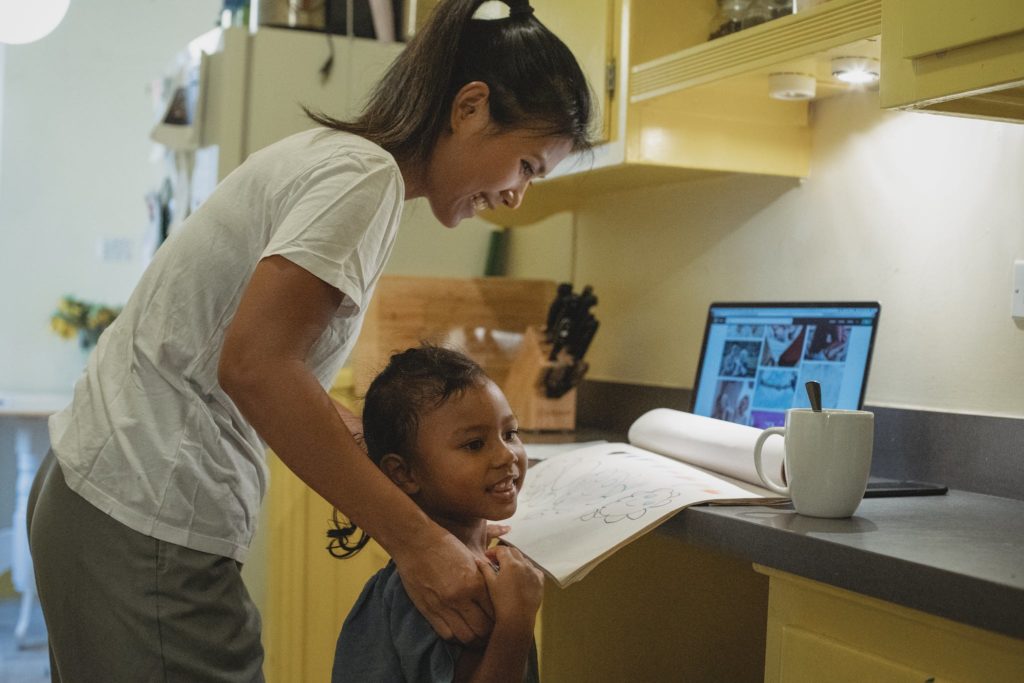
When it comes to homeschooling your kindergartener, one of the crucial aspects to consider is their readiness for formal schooling.
Every child develops at their own pace, and not all children are ready to learn phonics rules or math facts at age five.
It’s essential to assess your child’s individual needs and determine if they are truly prepared for formal lessons.
Remember, learning doesn’t have to be confined to textbooks and workbooks. You can engage your child in hands-on activities, play, and reading books to foster a love for learning.
By waiting until your child is ready, you can ensure a more enjoyable and effective homeschooling experience.
Incorporate age-appropriate activities that align with your child’s interests and abilities.
Focus on foundational skills such as numbers and reading, giving them a solid educational foundation.
By prioritizing their readiness and providing a nurturing learning environment, you can set them up for success in their homeschooling journey.
Focusing on the Basics

When homeschooling your kindergartener, it’s important to lay a solid foundation by focusing on the basics of numbers and reading.
By spending quality time on these fundamental skills, you can ensure that your child is well-prepared for future learning in subjects like science, social studies, geography, history, art, and music.
There are various activities you can incorporate into your homeschooling routine to teach these basics effectively.
For numbers, you can use manipulatives like counting blocks and number tiles to help your child understand and practice counting.
Writing numbers in frosting or sand can also make the learning process more engaging. For reading, try using songs and games to teach letters and their sounds.
Reading stories aloud together and pointing out words as you go can also help develop your child’s reading skills.
By focusing on the basics, you can ensure that your kindergartener builds a strong foundation and develops a love for learning.
Remember to go at your child’s pace and make the learning experience enjoyable and interactive.
Homeschooling Methods for Kindergarteners: Emphasizing Hands-on Learning
When it comes to homeschooling your kindergartener, one of the most effective methods is to emphasize hands-on learning.
Instead of relying heavily on worksheets and textbooks, incorporating hands-on activities can make the learning experience more engaging and enjoyable for your child.
By using manipulatives, play, and creativity, you can nurture their curiosity and facilitate a deeper understanding of concepts.
One way to promote hands-on learning is through the use of manipulatives. Counting blocks, for example, can help your child develop number sense and basic math skills.
They can stack the blocks, sort them by color or shape, and use them to solve simple addition or subtraction problems.
By physically interacting with the objects, they can visualize and internalize abstract concepts more effectively.
Another way to incorporate hands-on learning is through play-based activities.
Encourage your child to read recipes and count ingredients while baking together, or explore the shapes of letters by drawing and playing with letter tiles.
Engage them in games and songs that reinforce the learning objectives. By making learning interactive and playful, you foster a positive attitude towards education and encourage a love for learning.
Tips for Implementing a Hands-on Homeschooling Schedule
- Designate specific times for hands-on activities throughout the day to ensure consistency and routine.
- Create a dedicated learning space where your child can engage in hands-on activities comfortably.
- Plan activities that align with the subjects you are teaching and the learning goals you have set.
- Integrate hands-on learning with other teaching methods, such as read-alouds and online resources, to provide a well-rounded educational experience.
- Observe your child’s interests and adapt your hands-on activities to cater to their individual needs and preferences.
By emphasizing hands-on learning in your homeschooling approach, you can cultivate a love for learning in your kindergartener and help them develop a strong foundation for future academic success.
Teaching at Your Child’s Pace

When it comes to homeschooling kindergarteners, one of the greatest advantages is the ability to teach at your child’s pace.
Education is not a race, and each child learns and develops at their own speed.
By allowing your child the freedom to learn at their own pace, you create an environment that fosters their individual growth and ensures a solid understanding of concepts.
One of the challenges of homeschooling kindergarteners is recognizing and addressing their unique learning needs.
Some children may grasp certain concepts quickly, while others may require more time and practice.
By tailoring your teaching approach to your child’s individual needs, you can provide the support and guidance necessary for them to thrive.
Flexibility is key when teaching at your child’s pace. Be willing to adapt your curriculum and teaching methods as needed.
If your child is struggling with a particular concept, offer additional practice and reinforcement.
Conversely, if they have mastered a topic quickly, feel free to move on to more advanced material.
Methods for Teaching at Your Child’s Pace:
- Utilize diagnostic assessments to gauge your child’s strengths and weaknesses
- Provide individualized instruction tailored to their learning style
- Offer additional practice and reinforcement for challenging concepts
- Allow for extra time and support when needed
- Encourage independent learning and exploration
Remember, homeschooling allows you the flexibility to create a personalized learning experience for your child.
Embrace the opportunity to teach at their pace, and watch as they flourish and develop a love for learning!
Choosing a Homeschooling Curriculum

When it comes to homeschooling your kindergartener, choosing the right curriculum is crucial.
With so many options available, it’s important to consider your family’s values, your child’s learning style, and your preferences as a teacher.
Some popular curricula for kindergarteners include “Teach Your Child to Read in 100 Easy Lessons” for reading instruction, Miquon Math for math skills development, and Kumon workbooks for handwriting practice.
However, it’s important to remember that there is no one-size-fits-all curriculum. What works for one family may not work for another.
Take the time to research reviews, join online homeschooling communities, and seek recommendations from other homeschooling parents.
Key Factors to Consider:
- Your family’s values and educational goals
- Your child’s learning style and interests
- The curriculum’s alignment with your educational objectives
By considering these factors and doing your due diligence, you can choose a curriculum that not only meets your child’s needs but also makes learning a fun and engaging experience.
The Role of Accreditation in Homeschooling Curriculum
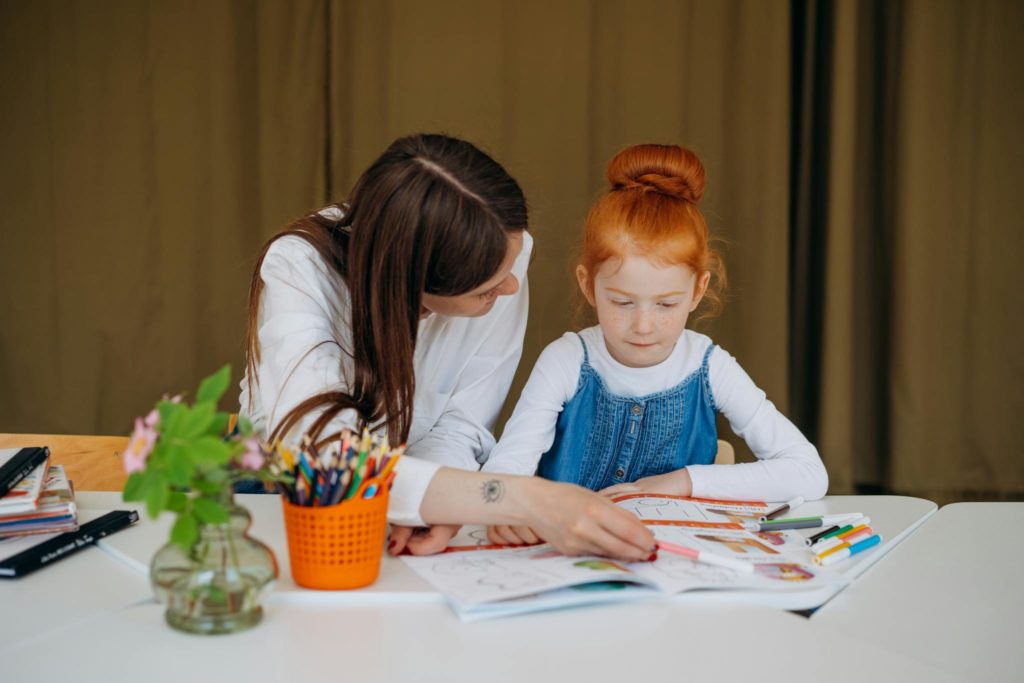
Accreditation is not necessary or applicable for homeschooling curriculum. Accreditation is typically associated with schools, colleges, and institutions and is not required for homeschooling.
Homeschooling parents have the freedom to choose and use any curriculum they deem suitable for their child’s education.
Accreditation does not guarantee the legitimacy or effectiveness of a homeschool curriculum.
It’s important to focus on the quality, content, and alignment with your educational goals when selecting a curriculum for your kindergartener.
When choosing a homeschooling curriculum for your kindergartener, consider your family’s values, your child’s learning style, and your preferences as a teacher.
Some popular curricula options include “Teach Your Child to Read in 100 Easy Lessons” for reading instruction, Miquon Math for math skills development, and Kumon workbooks for handwriting practice.
It’s important to choose a curriculum that fits your child’s needs and interests and aligns with your educational goals.
Researching reviews, joining online communities, and seeking recommendations can help you make an informed decision.
Remember that there is no one best curriculum, and what works for one family may not work for another.
Accreditation does not play a role in homeschooling curriculum as it does in traditional schools.
Homeschooling offers the flexibility to tailor your child’s education to their unique needs and learning style.
By choosing a curriculum that aligns with your goals and values, you can create a customized education that nurtures your kindergartener’s development and fosters a love for learning.
Building Your Own Homeschooling Curriculum
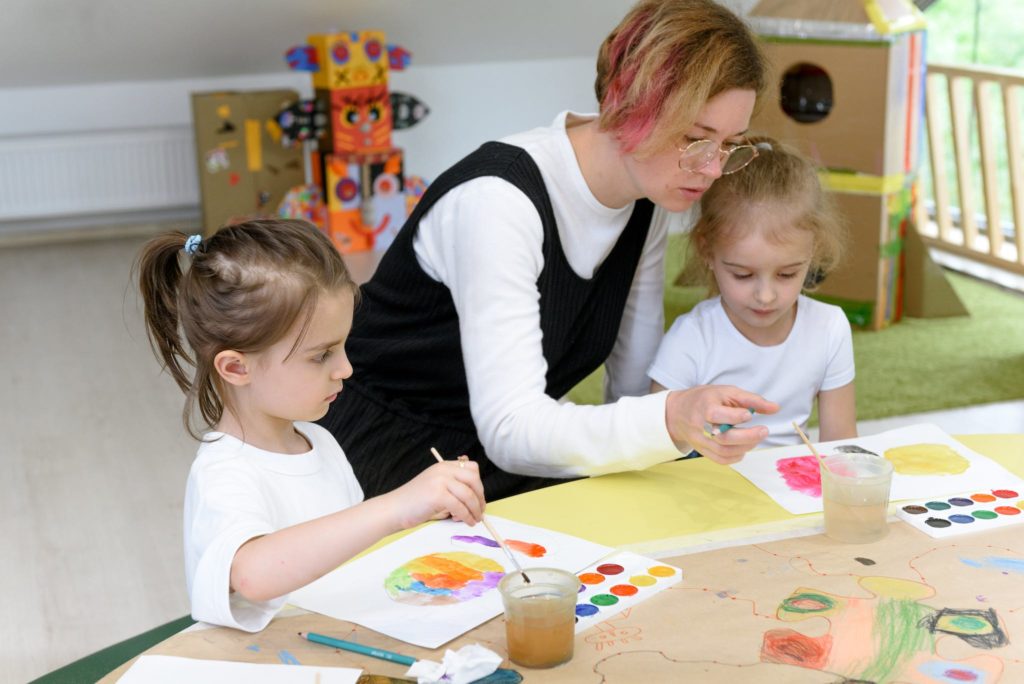
When it comes to homeschooling your kindergartener, there’s no better way to personalize their education than by building your own curriculum.
By tailoring the content to your child’s interests and learning style, you can create a truly engaging and effective homeschooling experience.
1. Start with the basics
Begin by focusing on the fundamental skills of reading, math, and handwriting.
Choose resources and activities that align with your child’s developmental level and make learning enjoyable.
Incorporate phonics lessons, number recognition games, and tracing worksheets to build a strong foundation in these core subjects.
2. Follow your child’s interests
Take advantage of the flexibility of homeschooling by incorporating subjects and activities that capture your child’s curiosity.
Whether it’s exploring nature through outdoor excursions, diving into art and music, or delving into science experiments, let your child’s interests guide your curriculum choices.
This personalized approach will foster a love for learning and keep your kindergartener motivated.
3. Utilize free resources and online tools
There are countless free resources available online that can supplement your curriculum.
Explore websites that offer printable worksheets, educational games, and interactive lessons.
This can provide a variety of learning experiences and reinforce concepts taught in your homeschooling journey.
However, it’s important to use these resources in moderation and strike a balance with hands-on activities to ensure a well-rounded education.
- Incorporate educational videos and documentaries
- Join virtual field trips and online classes
- Explore online platforms that offer interactive learning activities
Remember, homeschooling gives you the freedom to be creative and adapt your approach to suit your child’s needs.
Building your own curriculum allows for a personalized and meaningful educational experience, setting the foundation for a love of learning that will last a lifetime.
The Role of Read Alouds in Kindergarten Homeschooling
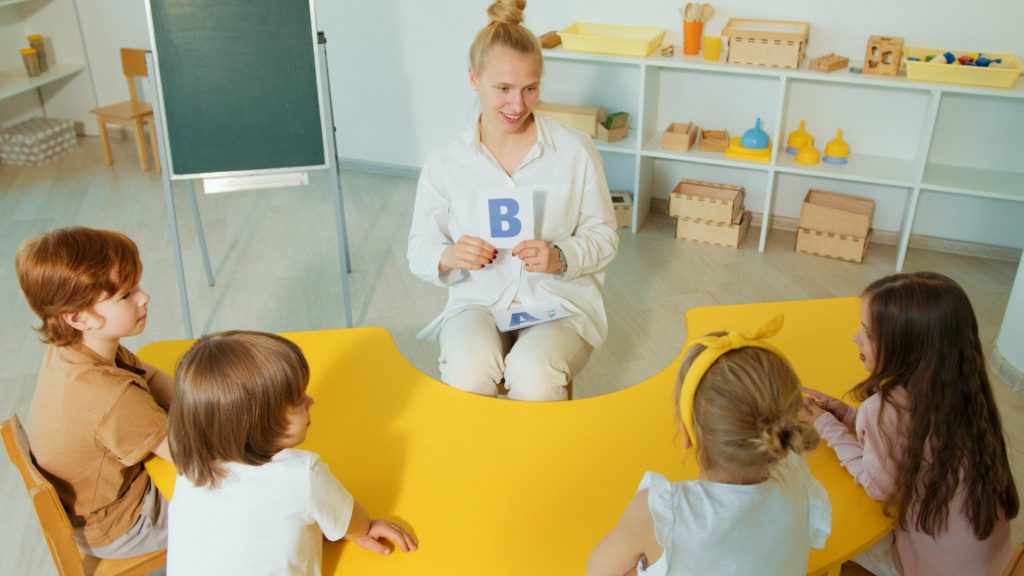
When it comes to homeschooling your kindergartener, incorporating read alouds into your daily routine can play a crucial role in their development and learning.
Not only do read alouds help build language skills, but they also foster a love for literature and introduce children to a wide range of vocabulary, story structures, and genres.
Choosing age-appropriate books that align with your child’s interests and reading level is key.
Classic children’s books like “Little House in the Big Woods,” “Mr. Popper’s Penguins,” and “Charlotte’s Web” are excellent choices to engage your kindergartener’s imagination and curiosity.
During read-aloud sessions, make the experience interactive by discussing the story, asking questions, and encouraging your child to share their thoughts and observations.
This not only enhances comprehension but also helps develop critical thinking and communication skills.
By making read alouds a regular part of your homeschooling routine, you can create a positive and enriching learning environment for your kindergartener.
Essential Supplies for Kindergarten Homeschooling

When homeschooling your kindergartener, having the right supplies can make the learning experience more engaging and enjoyable.
Here are some essential supplies to consider:
- Scissors: Invest in a pair of child-friendly scissors to help develop fine motor skills through arts and crafts activities.
- Twistable crayons: These crayons are convenient and durable, perfect for little hands to explore and create colorful masterpieces.
- Letter stamps and do-a-dot stampers: These fun tools can be used to introduce letters and encourage early writing skills.
- Construction paper: Stock up on construction paper for hands-on projects like cutting, gluing, and drawing.
- Quality pencil sharpener: Make sure you have a reliable pencil sharpener on hand to keep your child’s writing tools ready for use.
Additionally, consider creating a creative space in your homeschooling area. Fill it with various art supplies and materials like playdough, beads, glue, and washable paint.
These supplies can enhance hands-on activities and spark your kindergartener’s creativity.
Remember, homeschooling is all about providing a nurturing and supportive environment for your child’s education.
By having these essential supplies, you’ll be well-prepared to create engaging lessons and memorable learning experiences for your kindergartener.
Supplementing with Online Resources

When it comes to homeschooling curriculum for kindergarteners, online resources can be valuable supplements to enhance your child’s learning experience.
While there are numerous options available, two popular platforms stand out: ABCMouse.com and Education.com.
ABCMouse.com is an interactive learning platform designed for children aged toddler to 8 years old.
It offers a wide range of academic skills, covering subjects like math, reading, science, and more.
With engaging activities and games, it provides an immersive learning environment for your kindergartener.
Education.com is another online resource that offers an extensive collection of worksheets, lessons, and games for various subjects and skill levels.
It provides a wealth of educational materials that can be customized to fit your child’s needs.
Whether you’re looking for printable worksheets or interactive lessons, Education.com has a wide range of resources to choose from.
While online resources can be valuable tools, it’s important to use them in moderation and balance them with hands-on, offline activities.
Remember to incorporate a variety of learning methods and materials to provide a well-rounded education for your kindergartener.
By supplementing your homeschooling curriculum with online resources, you can enhance engagement, reinforce concepts, and provide a change of pace in your homeschooling routine.
FAQ
What are some tips for homeschooling kindergarteners?
Some tips for homeschooling kindergarteners include waiting until your child is ready for formal lessons, focusing on teaching the basics of numbers and reading, using hands-on activities and games, and choosing a curriculum that matches your child’s pace.
How do I know if my kindergartener is ready for formal schooling?
Assess your child’s specific needs and readiness for formal lessons. Pay attention to their developmental milestones and consider their individual learning style. Remember that not all children are ready to learn phonics rules, math facts, or history at the age of five.
What should I focus on teaching during kindergarten homeschooling?
It is beneficial to focus on teaching the basics of numbers and reading during the kindergarten year. Spend quality time on these fundamental skills before branching out to other subjects. Incorporate hands-on activities and interactive learning experiences.
How can I make homeschooling engaging for my kindergartener?
Instead of relying heavily on worksheets, choose hands-on activities that engage your child in learning. Use manipulatives, play, and creativity to teach numbers and basic counting skills. Incorporate games, songs, and interactive read-aloud sessions to make learning fun.
Is it important to teach my kindergartener at their own pace?
Yes, homeschooling allows you to teach your child at their own pace. Education is not a race, and it is important to focus on mastery rather than completion. Choose curriculum and resources that offer flexibility in pacing and ensure your child fully understands concepts before moving on.
How do I choose a homeschooling curriculum for my kindergartener?
When choosing a homeschooling curriculum, consider your family’s values, your child’s learning style, and your preferences as a teacher. Research reviews, join online communities, and seek recommendations. Remember that there is no one best curriculum, and what works for one family may not work for another.
Is accreditation necessary for homeschooling curriculum?
No, accreditation is not necessary or applicable for homeschooling curriculum. Homeschooling parents have the freedom to choose and use any curriculum they deem suitable for their child’s education. Accreditation does not guarantee the legitimacy or effectiveness of a homeschool curriculum.
Can I build my own homeschooling curriculum for my kindergartener?
Yes, building your own homeschooling curriculum can be a rewarding and customized approach. Start with the basics of reading, math, and handwriting, and then incorporate additional subjects and activities based on your child’s interests and your educational goals. Utilize free worksheets, online resources, and library books to supplement your curriculum.
How important are read-alouds in kindergarten homeschooling?
Read alouds play a crucial role in kindergarten homeschooling. They help develop language skills, comprehension, and a love for literature. Choose age-appropriate books and make read-aloud sessions interactive by discussing the story and encouraging your child to share their thoughts and observations.
What essential supplies do I need for kindergarten homeschooling?
Some essential supplies for kindergarten homeschooling include scissors, twistable crayons, letter stamps, construction paper, and a quality pencil sharpener. Create a creative space with various art supplies and materials to enhance hands-on activities and creativity.
Can I supplement my homeschooling curriculum with online resources?
Yes, online resources can be valuable supplements to your homeschooling curriculum. Platforms like ABCMouse.com and Education.com offer interactive learning opportunities, worksheets, lessons, and games for various subjects and skill levels. Remember to use online resources in moderation and balance them with hands-on, offline activities.
